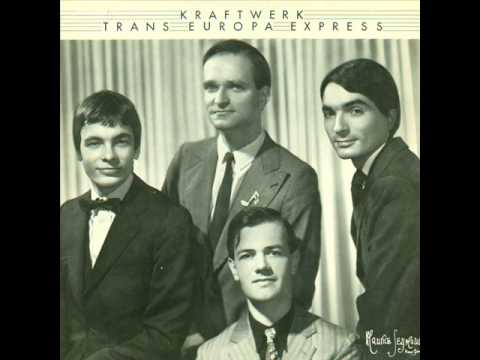A-G CJEU: “Sampling” without permission of the producer of the first phonogram is copyright infringement
07-02-2019 Print this page Case C-476/17: Pelham. Opinion A-G Szpunar.
Case C-476/17: Pelham. Opinion A-G Szpunar.
Related rights. Preliminary questions about “sampling”. A-G Spzpunar describes sampling as follows: “Sampling is the process of taking, by means of electronic equipment, a portion or sample (hence the name of the technique) of a phonogram for the purpose of using it as an element in a new composition in another phonogram. When reused, those samples are often mixed, modified and repeated in a loop in such a way as to be more or less recognisable in the new work. It should also be noted that those samples may be of different lengths; of a duration of between less than a second and several tens of seconds. Sampling is therefore a multifaceted phenomenon, thus making its legal characterisation difficult.” In the main proceedings the respondents are members of the music group Kraftwerk which in 1977 published a phonogram which features the song Metall auf Metall. The respondents claim that the applicants have sampled approximately two seconds of a rhytm sequence of the song Metall auf Metall and incorporated it, as a continuous loop, in the song Nur mir. The Bundes Gerichtshof has referred a couple of questions to the CjEU for a preliminary ruling. The A-G proses that the Court should answer the questions as follows:
(1) Article 2(c) of Directive 2001/29/EC of the European Parliament and of the Council of 22 May 2001 on the harmonisation of certain aspects of copyright and related rights in the information society must be interpreted as meaning that taking an extract of a phonogram for the purpose of using it in another phonogram (sampling) infringes the exclusive right of the producer of the first phonogram to authorise or prohibit the reproduction of his phonogram within the meaning of that provision where it is taken without the latter’s permission.
(2) Article 9(1)(b) of Directive 2006/115/EC of the European Parliament and of the Council of 12 December 2006 on rental right and lending right and on certain rights related to copyright in the field of intellectual property must be interpreted as meaning that a phonogram which contains extracts transferred from another phonogram (samples) is not a copy of the other phonogram within the meaning of that provision.
(3) Article 2(c) of Directive 2001/29 must be interpreted as precluding the application of a provision of the national law of a Member State, such as Paragraph 24(1) of the Gesetz über Urheberrecht und verwandte Schutzrechte — Urheberrechtsgesetz (German Law on Copyright and Related Rights) of 9 September 1965, according to which an independent work may be created in the free use of another work without the consent of the author of the work used, to phonograms, in so far as it exceeds the scope of the exceptions and limitations to exclusive rights provided for in Article 5(2) and (3) of that directive.
(4) The quotation exception provided for in Article 5(3)(d) of Directive 2001/29 does not apply where an extract of a phonogram has been incorporated into another phonogram without any intention of interacting with the first phonogram and in such a way that it forms an indistinguishable part of the second phonogram.
(5) Member States are required to ensure the protection, in their domestic law, of the exclusive rights set out in Articles 2 to 4 of Directive 2001/29, in so far as those rights can be limited only in the application of the exceptions and limitations listed exhaustively in Article 5 of that directive. Member States are nevertheless free as to the choice of form and methods they consider appropriate to implement in order to comply with that obligation.
(6) The exclusive right of phonogram producers under Article 2(c) of Directive 2001/29 to authorise or prohibit reproduction, in part, of their phonogram in the event of its use for sampling purposes is not contrary to the freedom of the arts as enshrined in Article 13 of the Charter of Fundamental Rights of the European Union.
Read the opinion here.

















